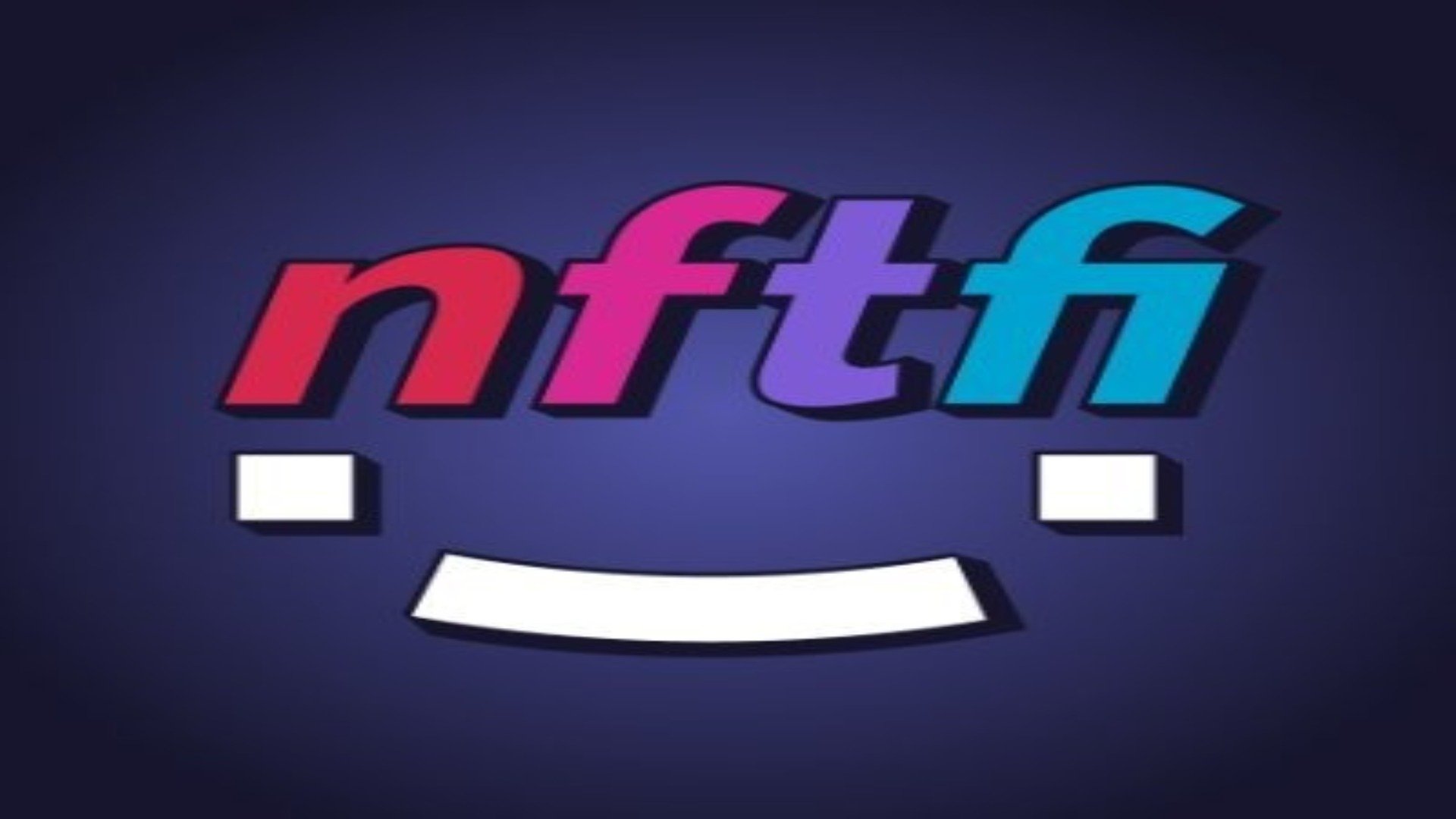How blockchain technology is revolutionizing digital identity and credentials for digital certification

Imagine how easy it would be if you could store and access all important documents like driver’s license, insurance card, student or work ID, passport and even vaccination records digitally. The use of identification as a tool for identification and verification has existed for a long time. The idea of obtaining documentation proving qualifications, competence or authority is not in itself a new idea. However, with the recent introduction of verifiable digital credentials, this entire process has become much easier, faster and more accessible.
The digitization of credentials has the potential to have a significant impact on the routine daily tasks that we continue to perform without giving them much attention. While smartphones and the internet have been around for over a decade, digital IDs have only recently entered the picture. This is because the underlying technology – Blockchain – that enables verifiable digital credentials has only recently reached the level of maturity required for widespread use and adoption.
The use of blockchain technology has made Web3 applications more efficient, secure and cost-effective. They allow users to physically or digitally submit information with credentials to a verifier, who can then easily confirm whether the credentials belong to the aforementioned user. In this way, the difficulty of handling multiple physical papers or documents is eliminated, the risk of fraud is reduced, and holders can choose to communicate only the information they need with the inquiring verifier.
Digital identification is expected to be adopted gradually, starting with more obvious use cases. Businesses and governments with speculative use cases are likely to gamble on digital credentials once their functionality and benefits are understood by early adopters. Some of the first use cases may involve licensing for trades and occupations, permits for recreational activities, credentialing for education and vaccine verification. The use of identification to confirm the authenticity of tangible items is also expected to gain traction as the first adoption phase begins. Individuals and organizations will be able to use this to verify the legitimacy of parts, clothing, sports equipment and other items.
The medical field is another area where blockchain-based digital credentials are expected to see widespread adoption. For example, in the current medical setup, verifying information for new doctors is both time-consuming and expensive, and typically involves 12 to 25 different organizations. As a result, the onboarding process for new employees stretches over 4-6 months, causing hospitals to lose a lot of money and resources as a result of this time-consuming process. On the other hand, if medical credentials were maintained on a blockchain network, the recruiting hospital would be able to check a new hire’s certificates in minutes as opposed to months, saving both time and resources.
Like medical identification, health records and driver’s licenses are also expected to be authenticated in the initial implementation phase. It would be safer and more secure for people to be able to store health information and driving licenses online. How often does it happen that we end up giving third parties access to more information than necessary? For example, there should be no need to disclose any additional information, such as residence or full name, if a verifying party only needs to verify your age. All of this will be possible with the use of digital credentials, as it will allow users to validate the required information while keeping the rest of their data secure and hidden from the verifying party.
Education is another sector where blockchain and digitization can become major growth drivers in the coming years. Students’ educational achievements, such as academic transcripts, work history and skills credentials, are often spread across multiple institutions, disparate IT systems and difficult to manage hard copies. By using new Web3 applications, educational institutions will be able to easily automate and streamline most of their activities. Among other things, they will be able to use portable digital identification to reduce administrative costs and improve job opportunities for new graduates. From enrolling students to long-term transcript verification, in addition to routine activities like attendance, assignments, exams, etc., blockchain-based applications will help them take care of all their institutional activities.
Disclaimer
The views above are the author’s own.
END OF ARTICLE

























